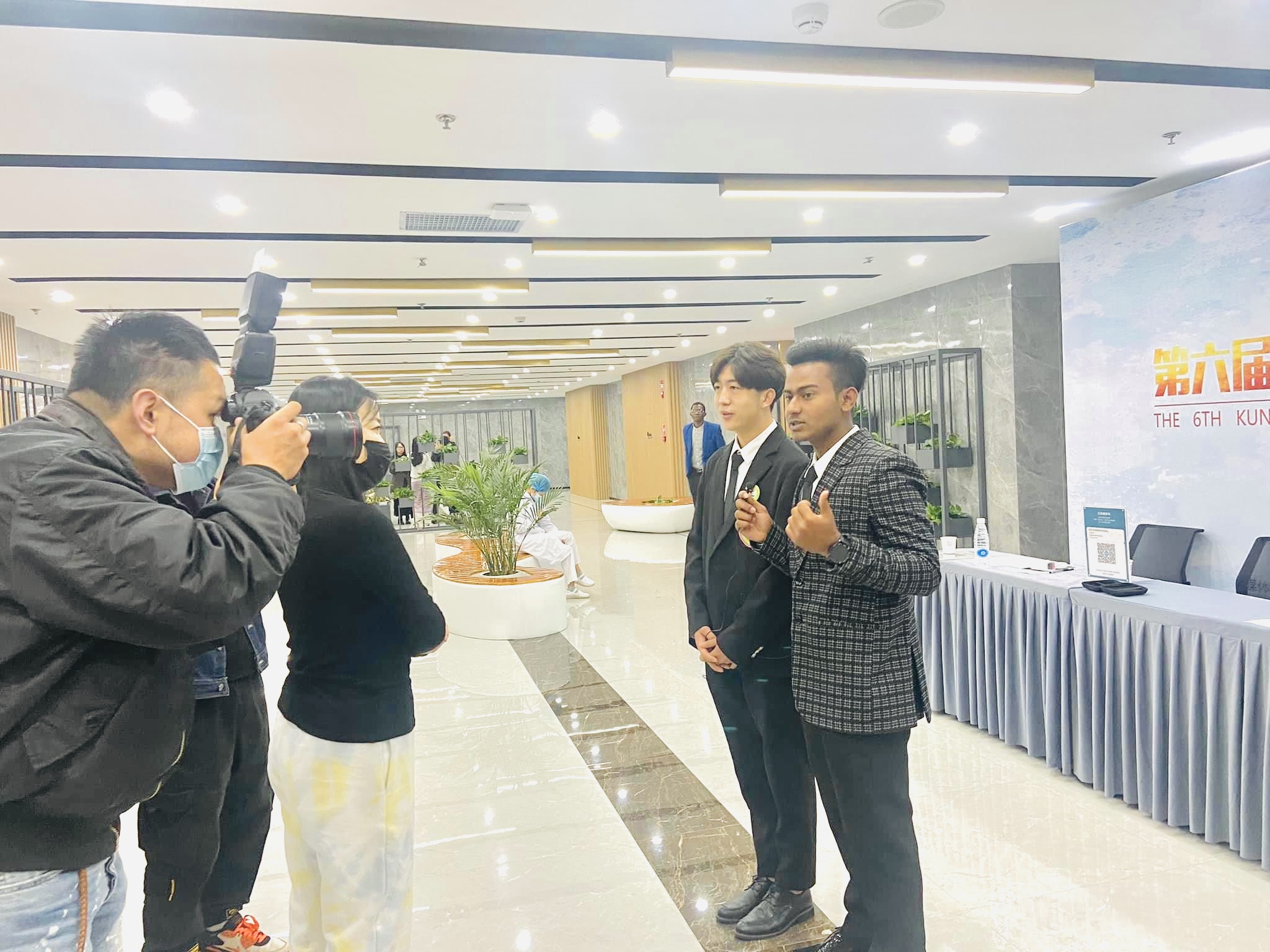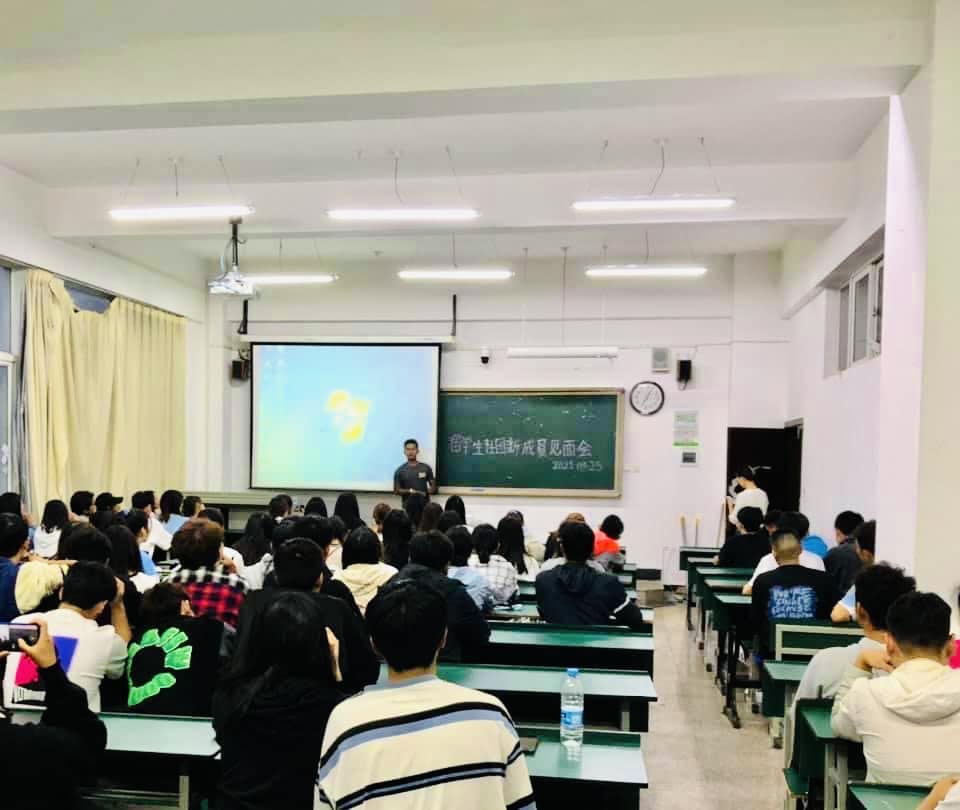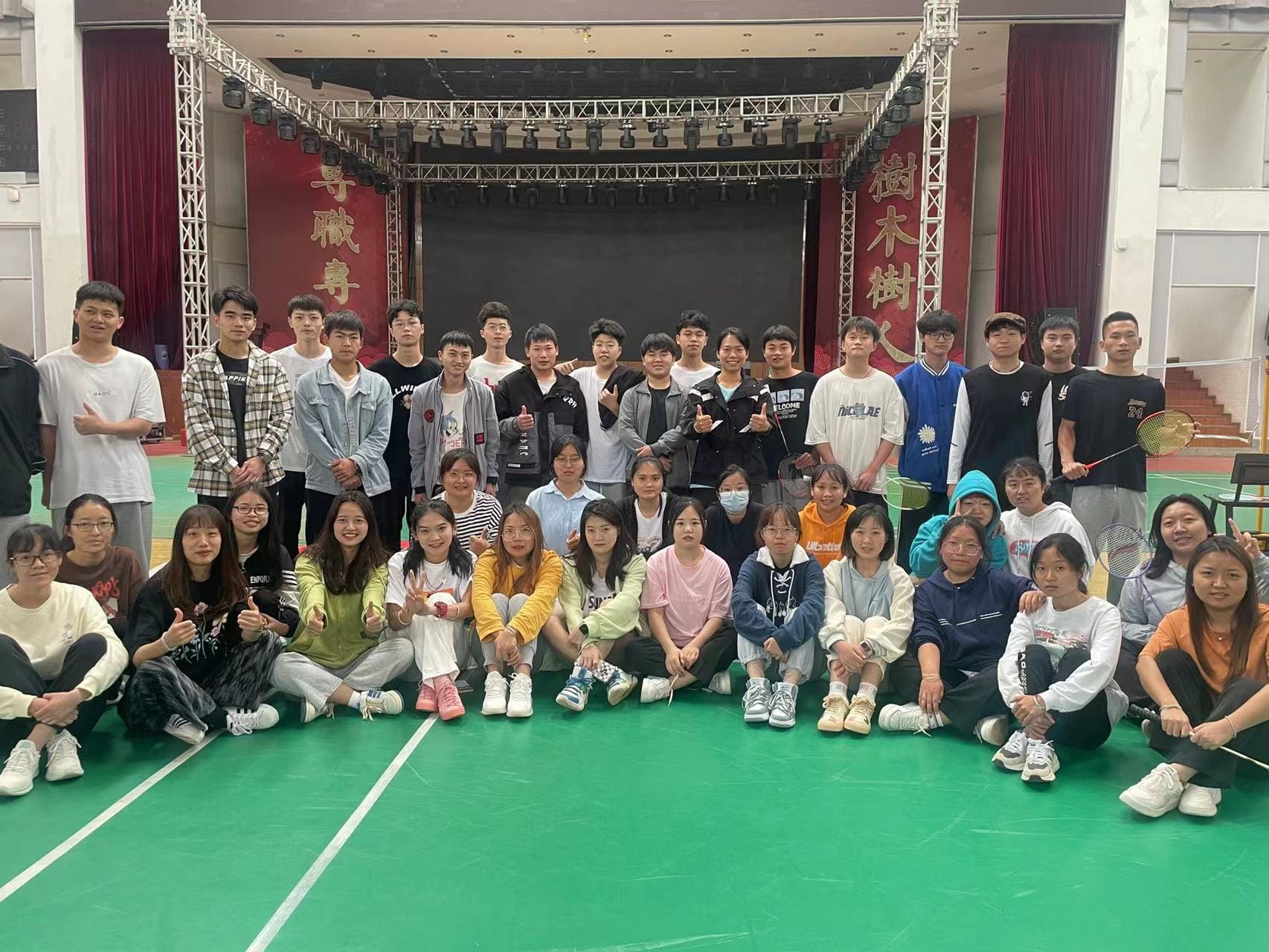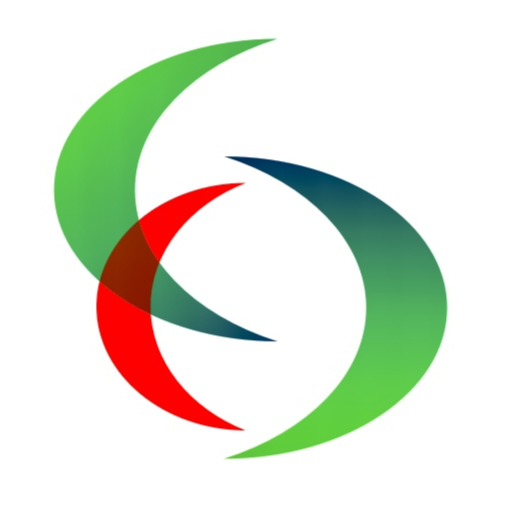Your cart is currently empty!
A commitment to innovation and sustainability
In today’s fast-paced world, building connections and fostering collaboration is essential to success. At AIL World Business Network, we are dedicated to creating a global platform where professionals, entrepreneurs, and businesses come together to share resources, offer services, and grow through meaningful partnerships.






















A passion for creating spaces
Join us today and be part of a global community that values innovation, service, and connectivity. Our comprehensive suite of professional services caters to a diverse clientele, ranging from homeowners to commercial developers.
Renovation and restoration
Experience the fusion of imagination and expertise with Études Architectural Solutions.
Continuous Support
Experience the fusion of imagination and expertise with Études Architectural Solutions.
App Access
Experience the fusion of imagination and expertise with Études Architectural Solutions.
Consulting
Consulting is a professional service provided by experts in a particular field to organizations or individuals seeking to improve their performance, solve specific problems, or achieve their goals. Consultants leverage their knowledge and experience to offer insights, recommendations, and actionable strategies.
Key Aspects of Consulting:
- Types of Consulting:
- Management Consulting: Focuses on organizational management and strategy, improving business operations, and enhancing overall efficiency and effectiveness.
- Financial Consulting: Involves advising on financial management, investments, risk management, and corporate finance.
- IT Consulting: Provides expertise on technology strategy, system implementation, software solutions, cybersecurity, and digital transformation.
- Human Resources Consulting: Addresses employee management, talent acquisition, performance management, and organizational culture.
- Marketing Consulting: Helps businesses in branding, market research, digital marketing strategies, and customer engagement.
- Operations Consulting: Examines the efficiency of business operations and recommends process improvements and cost reductions.
- Consulting Process:
- Needs Assessment: Understanding the client’s challenges, objectives, and needs through discussions, surveys, and data analysis.
- Proposal Development: Crafting a consulting proposal that outlines the scope of work, methodology, deliverables, timeline, and costs.
- Data Collection and Analysis: Gathering relevant data and information through interviews, surveys, financial reports, and market research to analyze the current state of the organization.
- Solution Development: Formulating strategies, recommendations, and action plans based on the analysis.
- Implementation Support: Assisting clients in executing solutions, providing guidance, training, and resources as needed.
- Evaluation: Assessing the impact of implemented solutions and adjusting strategies as necessary for improvement.
- Key Skills for Consultants:
- Analytical Skills: Ability to gather and interpret data and draw relevant conclusions.
- Communication Skills: Strong verbal and written communication abilities to convey ideas effectively to clients.
- Interpersonal Skills: Building rapport with clients and stakeholders to understand their needs.
- Problem-Solving: Capability to identify issues and generate innovative solutions.
- Time Management: Effectively managing multiple projects and deadlines.
- Consulting Firms:
- Consulting can be carried out by individual consultants (independent or freelancers) or firms ranging from small specialized teams to large multinational organizations (e.g., McKinsey & Company, Boston Consulting Group, Deloitte).
- Benefits of Consulting:
- Access to Expertise: Clients benefit from specialized knowledge that may not be available internally.
- Objective Perspective: Consultants provide an outside view, which can help challenge biases and assumptions.
- Scalability: Resources can be brought in on-demand, allowing organizations to scale their capabilities.
- Efficient Problem Solving: Consultants can work quickly to address issues and implement changes effectively.
Overall, consulting is about providing value through expertise, and it plays a crucial role in helping organizations navigate challenges, optimize processes, and achieve their strategic objectives.
Project Management
Project management is the process of planning, executing, and closing projects to achieve specific goals and meet specific success criteria. It involves a range of activities and methodologies to ensure that projects are completed on time, within budget, and to the desired quality standards.
Here are the key components of project management:
- Project Lifecycle:
- Initiation: Defining the project at a high level, including objectives and stakeholders.
- Planning: Outlining the scope, resources, timelines, and budget. This often includes creating a project management plan that encompasses all aspects of the project.
- Execution: Carrying out the project plan by coordinating people and resources and managing stakeholder expectations.
- Monitoring and Controlling: Tracking the project’s progress and performance, making adjustments as necessary to keep the project on track.
- Closure: Completing the project, assessing outcomes, documenting lessons learned, and obtaining formal acceptance from stakeholders.
- Key Concepts:
- Scope: Defines what is included and excluded in the project.
- Time: Involves scheduling tasks and determining deadlines.
- Cost: Budgeting for resources, materials, and other expenses.
- Quality: Ensuring that the project meets the required standards and stakeholder expectations.
- Risk Management: Identifying potential issues and developing strategies to mitigate them.
- Stakeholder Management: Engaging with all parties affected by the project and ensuring their needs are met.
- Project Management Methodologies:
- Waterfall: A linear approach where each phase must be completed before moving to the next.
- Agile: An iterative approach focusing on flexibility and customer feedback, often used in software development.
- Scrum: A framework under the Agile umbrella that encourages team collaboration and progress in short cycles called sprints.
- Lean: Emphasizes minimizing waste and maximizing value.
- Six Sigma: Focuses on improving quality and reducing defects in processes.
- Tools and Software:
- Project management software like Microsoft Project, Trello, Asana, or Jira can help facilitate planning, tracking, and collaboration.
Effectively managing a project requires strong leadership, communication skills, and the ability to adapt to changing circumstances. A good project manager balances the needs of the project with those of the stakeholders while maintaining a focus on the end goals.
Architectural Solutions
Architectural solutions refer to the conceptualization, design, and implementation of structures, systems, or frameworks that address specific needs and challenges. These solutions can be applied across various domains, such as building architecture, software architecture, and urban planning. Below is a breakdown of architectural solutions in these contexts:
1. Building Architecture:
Definition: Building architecture focuses on the physical design and construction of structures such as homes, offices, and public buildings. It encompasses both aesthetic and functional aspects.
Key Components:
- Design Principles:
- Functionality: The building must serve its intended purpose effectively.
- Aesthetics: Designing with an eye for beauty and cohesion in style.
- Sustainability: Incorporating energy-efficient designs and sustainable materials.
- Types of Buildings:
- Residential: Single-family homes, multi-family units, apartments.
- Commercial: Offices, retail spaces, hotels.
- Institutional: Schools, hospitals, government buildings.
- Considerations:
- Building Codes: Ensuring compliance with local regulations for safety and design standards.
- Accessibility: Designing spaces that are accessible to individuals with disabilities.
- Environmental Impact: Utilizing resources that minimize harm to the environment, such as solar panels or rainwater harvesting systems.
2. Software Architecture:
Definition: Software architecture involves the high-level structuring of software systems. It defines the system’s components, their interactions, and the principles guiding its design and evolution.
Key Components:
- Architectural Patterns:
- Monolithic: A single unified software application.
- Microservices: A distributed approach where individual services communicate over a network.
- Event-Driven: Service architecture focused on events, allowing for asynchronous communication between components.
- Key Considerations:
- Scalability: The ability of the system to handle growth in users or transactions.
- Fault Tolerance: Designing systems that can withstand failures and recover quickly.
- Security: Implementing measures to protect data integrity and user privacy.
3. Urban Planning Architecture:
Definition: Urban planning integrates land use, infrastructure, and environmental considerations to design communities and cities that function effectively.
Key Components:
- Land Use Planning: Allocating different spaces for residential, commercial, industrial, and agricultural uses.
- Transport Infrastructure: Designing efficient transport systems that improve mobility and accessibility.
- Public Spaces: Creating parks, plazas, and recreational areas that enhance community well-being.
- Considerations:
- Sustainability: Promoting ecological balance and resource conservation in urban development.
- Community Engagement: Involving residents and stakeholders in the planning process to reflect their needs.
- Smart Growth: Encouraging development patterns that are environmentally sustainable and economically viable.
4. Solution Architecture:
Definition: Solution architecture, often found in IT and business contexts, focuses on the design and integration of specific solutions to meet business requirements.
Key Components:
- Requirements Analysis: Gathering and understanding the needs of the organization or stakeholders.
- Design Architecture: Defining system components, interfaces, and interactions to solve the identified problems.
- Technology Stack: Choosing appropriate technologies and platforms for implementation.
- Considerations:
- Integration: Ensuring that the new solution works seamlessly with existing systems and processes.
- Performance: Evaluating how the solution will perform under different conditions and loads.
- Risk Management: Identifying potential risks and incorporating mitigation strategies.
Conclusion
Architectural solutions are fundamental to creating effective, sustainable, and aesthetically pleasing structures, systems, and processes across various fields. Whether in building design, software development, or urban planning, these solutions require careful consideration of multiple factors, such as functionality, user needs, environmental impact, and technology integration. Effective architecture balances these elements to create viable and successful outcomes.
An array of resources
Our platform is designed to bridge the gap between industries, connecting service providers with those in need. Whether you’re looking to expand your business, collaborate with international professionals, or simply build a strong network, we are here to make those connections possible. Our comprehensive suite of professional services caters to a diverse clientele, ranging from homeowners to commercial developers.
Oumas OuChat App
- Collaborate with fellow social media.
- Easy money transfer.
- More than thousands services.


Newsletter
- A world of thought-provoking articles.
- Case studies that celebrate architecture.
- Exclusive access to design insights.
Empowering communities for a better tomorrow!

OMAR FARUK 欧玛
CEO, ASICAL INT
Join 900+ subscribers
Stay in the loop with everything you need to know.
